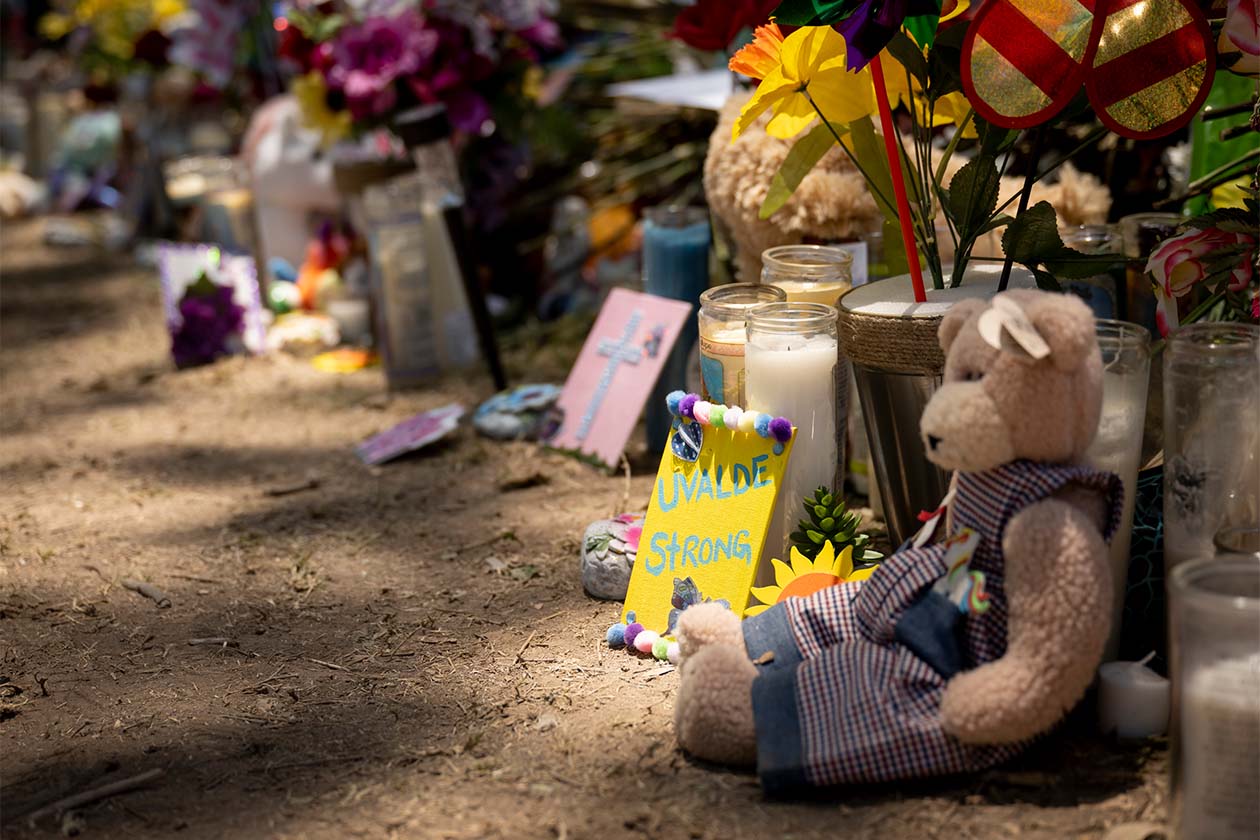
July 27, 2023
Over the last two years, there have been a number of high-profile mass public shootings in the United States that have dominated the headlines and captured the attention of the public and policymakers alike—from Buffalo, New York (May 14, 2022; 10 dead) to Uvalde, Texas (May 24, 2022; 21 dead), Highland Park, Illinois (July 4, 2022; 7 dead), Monterrey Park, California (January 21, 2023; 11 dead), and Louisville, Kentucky (April 10, 2023; 5 dead). Although mass public shootings rarely made headlines during the height of the pandemic, the frequency of events has since rebounded to pre-COVID levels. Consequently, these and other mass public shootings have reinforced the need to do more to prevent these tragedies from occurring and to mitigate the harms to individuals and communities if and when they happen. To achieve these goals, it is important to understand the trends associated with the phenomenon of mass public shootings.
The Regional Gun Violence Research Consortium (the Consortium) first published a report in 2018 analyzing 51 years (1966–2016) of mass public shootings data. In order to better understand the phenomenon of mass shootings, the report presented information on the location of shootings, weapons used, and demographics of the perpetrators. A follow-up report released in 2021 integrated an additional four years of data (2017–20). These reports were based on a comprehensive database of US mass public shootings from researchers Jaclyn Schildkraut and H. Jaymi Elsass.
As the United States continues to face record rates of gun violence, with mass public shootings also increasing in frequency, the need for evidence-based policies is all the more important. A starting point, however, is understanding the different contexts and characteristics of various forms of firearm violence. Mass public shootings, although among the rarest forms of gun violence, require different strategies for prevention and response from other incidents. These shootings often involve considerable planning, which can provide important opportunities for identification, intervention, and de-escalation of the threat before it is carried out, unlike other forms of more spontaneous gun violence. Additionally, mass public shootings often are random in nature and occur in large, open public spaces, which present different challenges—including preventative security measures and law enforcement responses—from targeted incidents and those that occur in private locations.
Taken together, understanding the unique context of the mass public shootings phenomenon is necessary for policymakers, practitioners, and other vested stakeholders to work to reduce these incidents and their impacts. This updated report includes two additional years of data and identifies changes in trends related to mass shootings, particularly as Americans resumed activities like work and school outside of the home amid the rollout of the COVID vaccine. Specifically, this brief presents analyses of a total of 57 years of mass shootings data (1966–2022). The analyses include the frequency of events, fatalities and injuries, distribution of location types, patterns of weapon usage, and perpetrators’ demographic characteristics. The appendix reports the findings for only the two most recent years of data and compares them to the patterns for the previous 55 years.